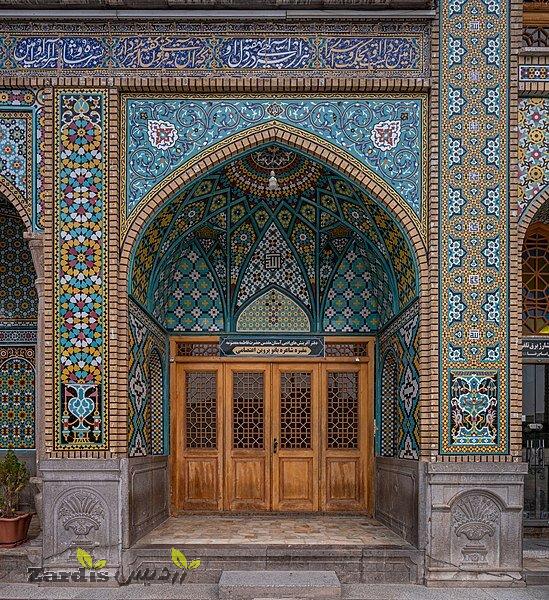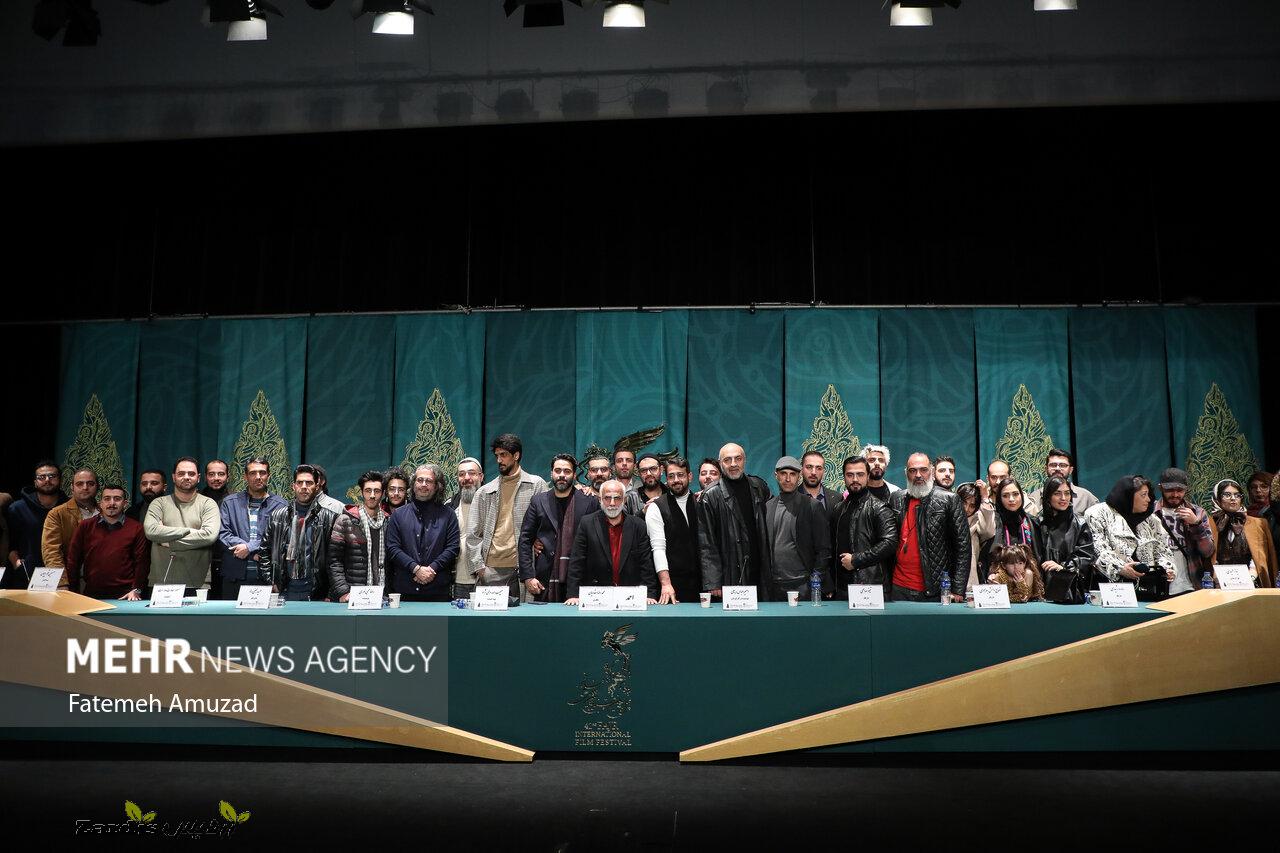TEHRAN – A new Persian translation of German-Swiss author Hermann Hesse’s tenth novel “Steppenwolf” has been published in Iran.
The Elmi Farhangi Publishing Company is the publisher of the book rendered by Keikavus Jahandari.
At least three other Persian editions of the novel have previously been published in Iran.
Originally published in Germany in 1927, it was first translated into English in 1929.
The novel was named after the German name for the steppe wolf. The story in large part reflects a profound crisis in Hesse’s spiritual world during the 1920s.
“Steppenwolf” was wildly popular and has been a perpetual success across the decades, but Hesse later asserted that the book was largely misunderstood.
It is a poetical self-portrait of a man who felt himself to be half-human and half-wolf.
This Faust-like and magical story is evidence of Hesse’s searching philosophy and extraordinary sense of humanity as he tells of the humanization of a middle-aged misanthrope.
Yet his novel can also be seen as a plea for rigorous self-examination and an indictment of the intellectual hypocrisy of the period.
As Hesse himself remarked, “Of all my books Steppenwolf is the one that was more often and more violently misunderstood than any of the others.”
In 1946, Hesse received the Nobel Prize for Literature. His best-known works also include “Siddhartha”, and “The Glass Bead Game” (also known as “Magister Ludi”) which explore an individual’s search for spirituality outside society.
Photo: Front cover of the Persian translation Hermann Hesse’s novel “Steppenwolf”.
MMS/YAW
Zardis news | The latest news of Iran and the world
All rights reserved for "Zardis news"It is protected and any copying without mentioning the source is prohibited.
Pursuant to Article 12 of Chapter 3 of the Cybercrime Law, copying the format and content will be prosecuted.







